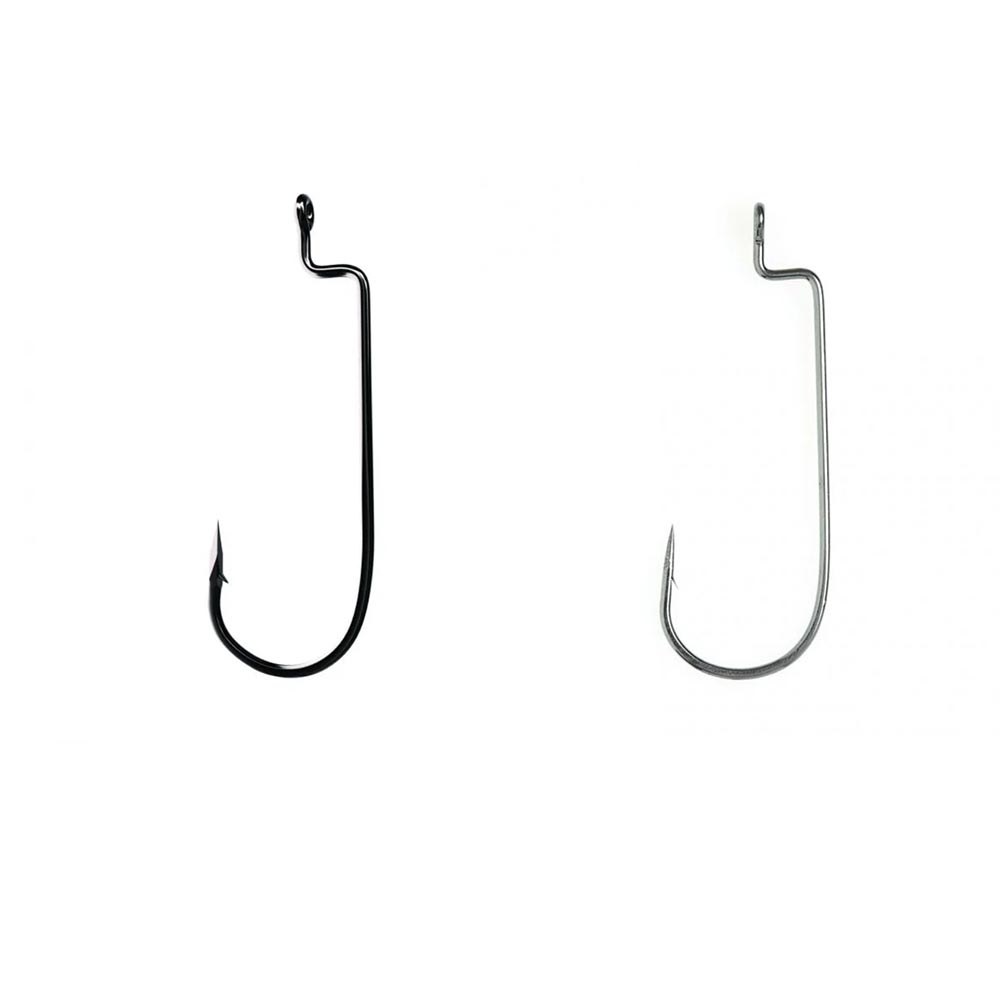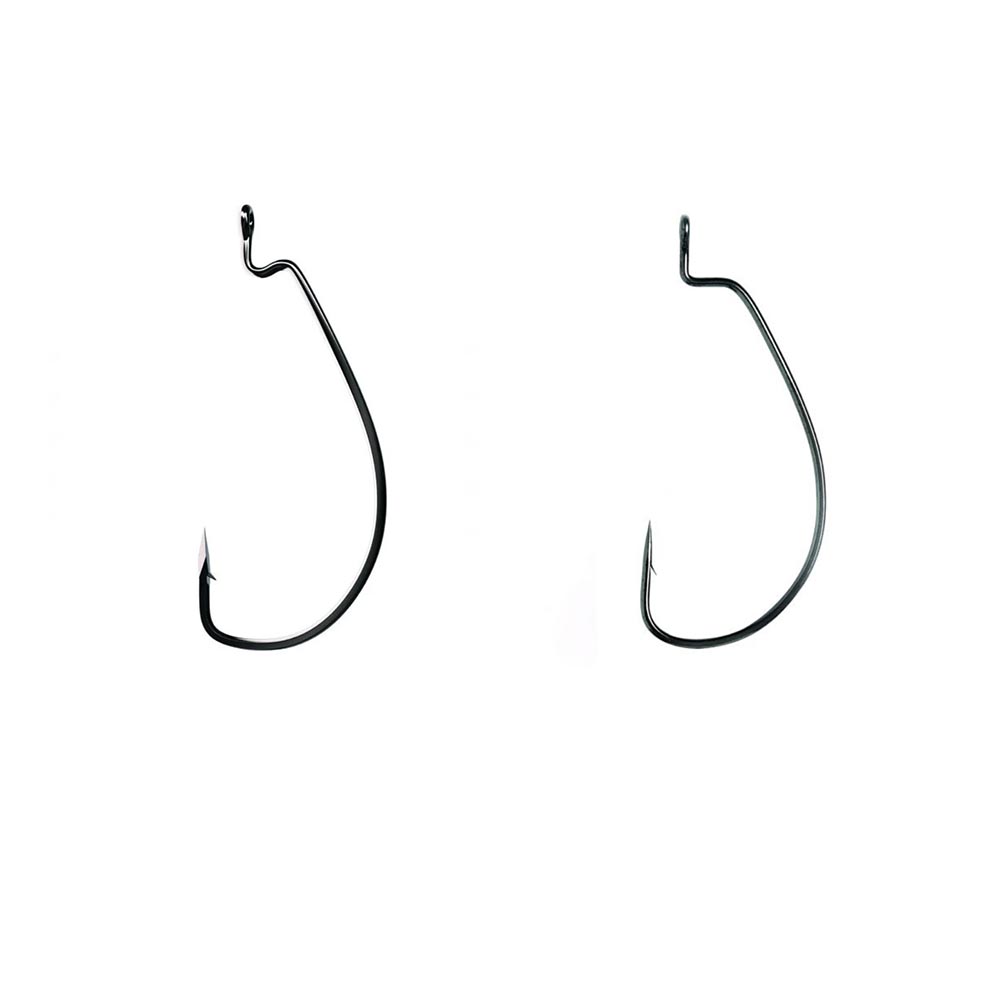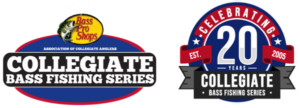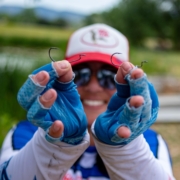Fish Hooks: Round Bend vs Extra Wide Gap When And Why
Once upon a time, all you had to choose when fishing was what color of ribbon tail worm to throw on a round bend worm hook. You’d toss that sucker out on a pool cue on monofilament line, and that was the juice, well, all the juice that was available anyway. Fast forward to 2021, and there’s a never-ending selection of soft plastics in colors not even seen in the rainbow and profiles ranging from perfectly mimicked shad bodies to super soft thin finesse worms. As new profiles of soft plastics enter the market, anglers need hooks to match the profiles to optimize both action and performance. I know by now you think a book is coming below with every hook imaginable and the best use case for that hook. That’s coming, but for this blog, let’s stick to something easier to digest—two different hooks and when/why to use each.
Before I present these hooks and when to use them and why, know that these aren’t absolutes. Fishing doesn’t deal in absolutes where you have to use anything one single way, or you wont catch fish. In the interviews below, Matt Massey eloquently talks about his rod being a paintbrush that helps him paint a mental picture of what’s below the surface. I love that so much I’m going to borrow it for a different perspective. All of our fishing rods can be paintbrushes. The important thing is to create true to yourself art not a paint by numbers clone of something someone else did. In other words, take the below as general guidance where you can find what works best for you. Your preference is predicated on the confidence YOU have built on the water, painting… your way. If you use these hooks differently than we talk about below, that doesn’t mean what you’re doing is wrong. Ole buddy, that means you have found something that works for you, and by all means, if it ain’t broke, don’t fix it. I will say that many of us are brought up and treat worm hooks like moms used to use Robitussin in the ’80s– A cure-all that could effectively treat anything from a common cold to a broken bone. Now I’m not saying pouring a little “Tussin” on a broken bone didn’t offer some sort of relief, but in many cases there was probably a better medicine available. The same thing goes for hooks. A round bend can catch fish paired with just about any soft plastic, but are there sometimes better options available? You be the judge.
Round bend worm hooks work exceptionally well with slender soft plastics and or presentations where you’re making long casts like Carolina rigging. I specifically call out slender soft plastics because the space between the bend and the point of the hook ( referred to as the gap) has enough room for slender soft plastics to collapse, giving plenty of bite room to set the hook. Another feature of the round bend worm hooks worth mentioning is the offset. The hook point is higher than the line tie, which naturally leads to a higher hook-up percentage. Carolina Rig anglers have taken advantage of this for decades. A few soft plastics that bass anglers all over the country love using with round bends are Flukes, Senkos, ribbon tail worms, and straight tail worms to name a few.

Extra Wide Gap or EWG worm hooks are the cat’s pajamas when fishing bulkier soft plastics like creature baits, tube jigs, or beaver style baits. A few features of the EWGs that make them a favorite among bass anglers throughout the country are the line tie and hook point are in line with each other, which does a great job of making baits weedless even when the hook point isn’t buried in the soft plastic. The larger gap is perfect for bulkier baits, giving the soft plastic room to collapse during the hookset.

So generally speaking, slimmer style soft plastics are better suited for round bend worm hooks like the Lazer Sharp L091 or Trokar TK100, and bulkier soft plastics work well on EWG’s like the Lazer Sharp L092 or Trokar TK110 or TK120 to name a few.



